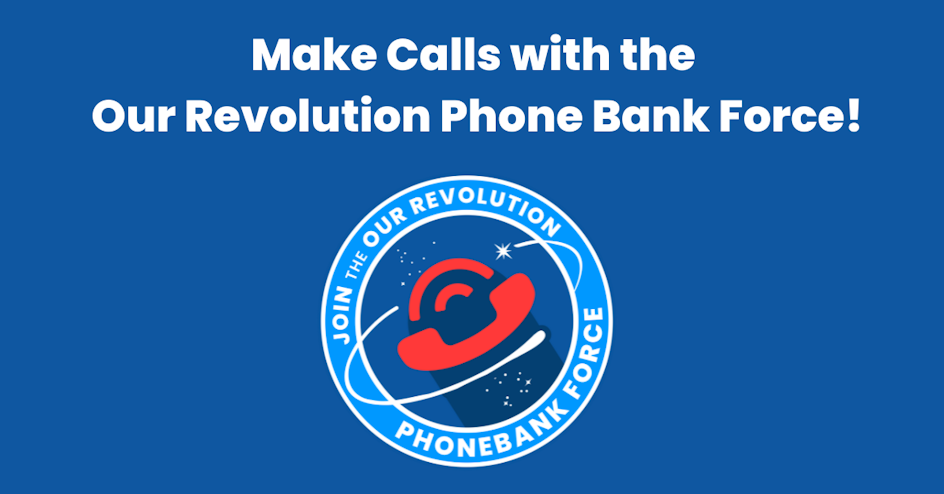Everything You Need to Know About the April 20 National School Walkout
Friday, April 20 is the 19th anniversary of the mass shooting at Columbine High School. It was the deadliest high school shooting in U.S. history – until 17 people were killed in Parkland, Florida in February.
To mark the grim milestone, and in an effort to keep national attention on stopping school violence, students across the country are planning to leave class as part of the National School Walkout.
The National School Walkout was started by Lane Murdoch, a 16-year-old who grew up just 20 miles from Sandy Hook Elementary School – where 20 students were killed in a mass shooting in 2012.
The movement began as a Change.org petition following the Feb. 14 shooting at Marjory Stoneman Douglas High School. More than 250,000 people have signed the petition, and there are over 2,000 protests registered.
Murdock, a sophomore at Ridgefield High School in Connecticut, is part of a wave of student activists, inspired by the shooting survivors from Marjory Stoneman Douglas High School, who are protesting violence in schools and calling for tougher gun control measures.
“I was 15 when I started this; I’m a newly-turned 16 year old,” she said. “I guess there’s no way to control this, but just for people to know that whether it’s the Parkland students or myself and my team, we’re growing up while doing this.”
This is the second major school walkout in two months. On March 14, students walked out of class for the #Enough! National School Walkout. Since February, student activists have also organized meetings with lawmakers, boycotts against companies that partner with the NRA and the March for Our Lives in Washington, D.C. – which had siblings protests around the globe.
Here’s what you need to know about the National School Walkout.
When is the National School Walkout?
The National School Walkout is April 20 at 10 a.m. (the anniversary of the Columbine shooting). On April 20, 1999, 12 students and one teacher were killed at Columbine High School in Littleton, Colorado.
What will the day look like?
At 10:00 a.m. across time zones, students will walk out of their classrooms and observe 13 seconds of silence in memory of those killed at Columbine.
Unlike the #Enough National School Walkout organized by Women’s March Youth Empower, which was for 17 minutes to mark the 17 people killed in Parkland, organizers want the walkout to last the entire school day. Students are encouraged to plan open mics, rallies, protests, voter registration drives, letter writing campaigns or other activism for the rest of the day.
The open-ended nature of the event is important to Murdock, who wants this to be focused on the kids. There is an entire “Walkout Planning Guide” at the National School Walkout website with resources on everything from a model walkout day schedule, to safety and legal rights, to inclusion and privilege.
“I want to see nation-wide empowerment,” Murdock said. “I think we’ve been told to ‘shut up and get through school and deal with things when we’re older,’ and it’s just not really how good society should function.”
What about safety?
As Francisco Negron, the Chief Legal Officer at the National School Boards Association, noted to NPR in March, “Schools stand in what’s known as loco parentis (in place of parents), so we don’t simply release our students into the ether.” The NSBA issued guidelines for student protests, and suggests working with students, teachers and parents and planning ahead of the protests.
The National School Walkout student organizers are also stressing planning ahead and working with teachers, administrators and local law enforcement — if students have a good relationship with them — and encouraging protesters to stay on campus in a centralized location.
“Making sure it’s in a contained, controlled environment has been really important, and it just makes their lives easier as well,” Murdock said. “You know it’s finding that balance between people realizing that this is civil disobedience — some of them may get punished for walking out — but making sure that they’re ensuring the safety of their own lives.”
Can students be punished for walking out?
“Yes,” says the ACLU in its guide for students and free speech in public schools. “Because the law in most places requires students to go to school, schools can discipline you for missing class. But what they can’t do is discipline you more harshly because of the political nature of or the message behind your action.”
But, students don’t lose their First Amendment rights just because they’re at school. “You have the right to speak out, hand out flyers and petitions, and wear expressive clothing in school — as long as you don’t disrupt the functioning of the school or violate the school’s content-neutral policies,” according to the ACLU. This was upheld in the 1969 ruling of Tinker v. Des Moines Independent Community School District.This, however, does not apply for students at private schools.
In terms of potential punitive measures for students who walk out, it will be up to individual schools and school districts.
In an interview with ABC News, one of Murdock’s co-organizers, Grant Yuan, a 17-year-old junior, said the response to the walkout has been “relatively neutral or positive.”
“Resistance does exist,” Yuan told ABC, “thankfully it seems at least the majority — however slim the majority may be — of schools are at least friendly to the event or have accepted it’s going to happen whether they sanction it or not, and have made moves to accommodate.”
Who is participating?
The event is geared toward high schoolers, and there are more than 2,000 registered groups, according to the National School Walkout page, where students can find a walkout planned in their area. Organizers are encouraging the day to be led by students – though parents, teachers and the community may lend support.
What are the students protesting for?
The students are protesting school violence, and “congressional, state, and local failures to take action to prevent gun violence,” according to the website. In terms of specific causes, Murdock and the National School Walkout website mention universal background checks, asking lawmakers to vote against the Concealed Carry Reciprocity Act – which would allow gun owners to carry weapons in any state, so long as they have a permit from their home state – and supporting other “common sense” gun control laws.
What about after the protest?
The National School Walkout is also starting local chapters — there are at least 150 so far — to continue working and communicating on school violence issues.
While Murdock worries about the momentum slowing, she said she is “not worried to the point of doubting this generation.”







